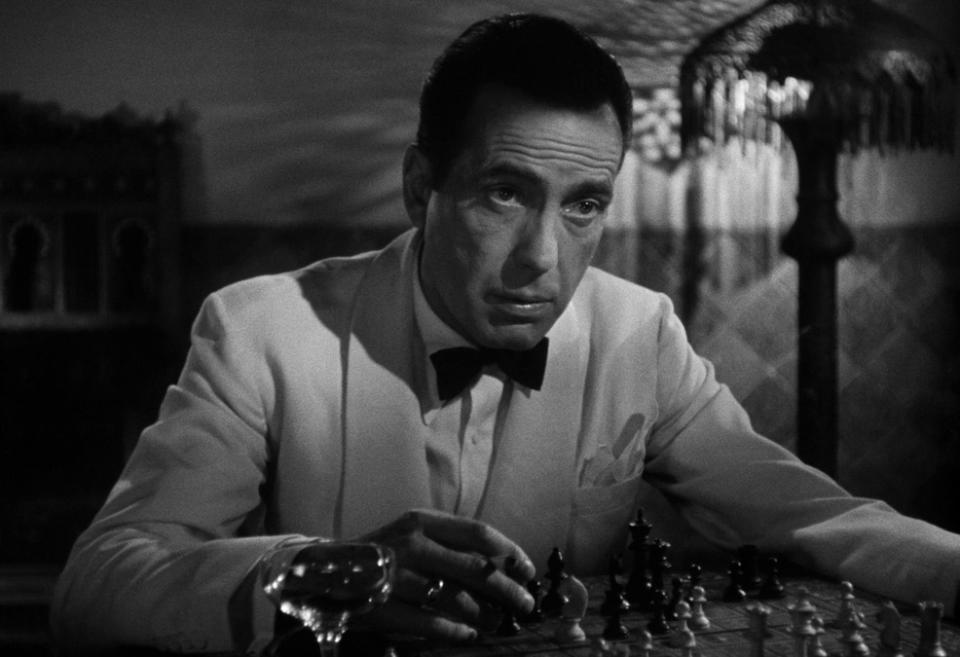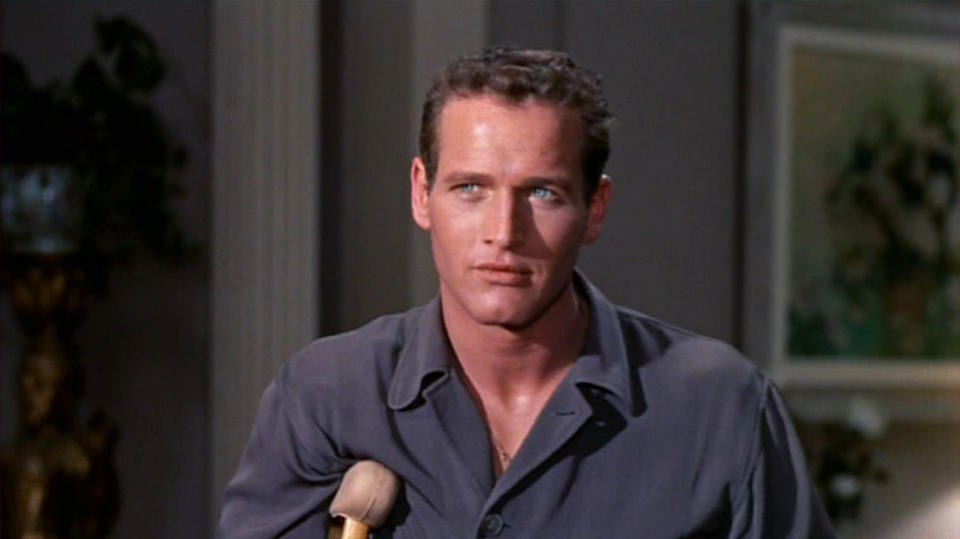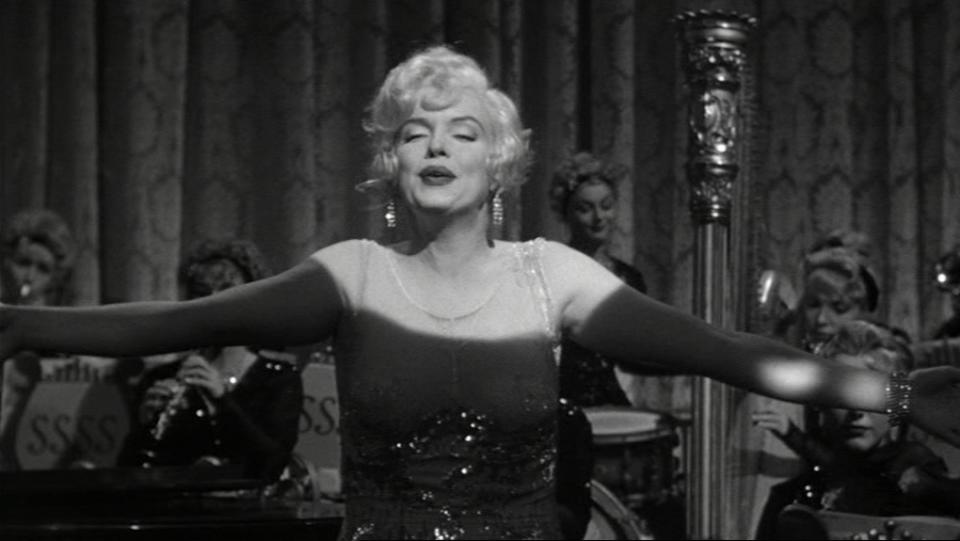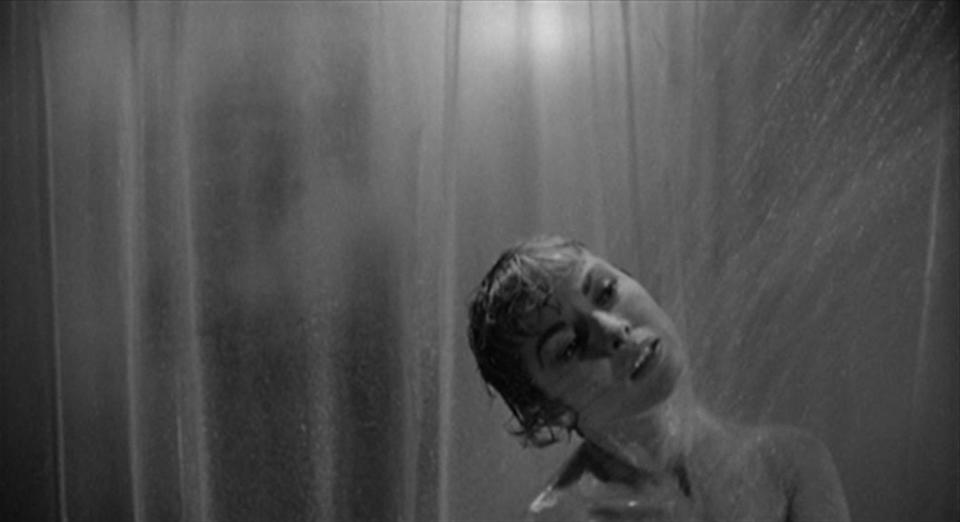Sex in Cinema: Creative Ways Filmmakers Skirted the Hays Code
- Oops!Something went wrong.Please try again later.
The post Sex in Cinema: Creative Ways Filmmakers Skirted the Hays Code appeared first on Consequence.
Welcome to Sex in Cinema Week, Consequence‘s deep dive into movies, the Hays Code, and what society labels taboo. Check back throughout the week for essays, interviews, and lists examining censorship of movie sex scenes and the creativity it inspired in filmmakers. Today, we look at an era that got away with more than you’d expect.
When Hollywood introduced the Hays Code in 1934, the film industry was still relatively young. The first feature-length film to appear in a movie theater screened in 1906; sound came to the cinematic experience in 1927 with The Jazz Singer. As with most budding enterprises, the business of making movies started as wild free-for-all — or a gold rush, with people making their way out to California hoping to hit it big before someone else beat them to it.
After a string of scandals rocked young Hollywood, the Motion Picture Producers and Distributors of America (later the MPAA and now the MPA) released the Motion Picture Production Code, often referred to as the Hays Code after the organization’s President Will H. Hays. Prior to this set of standards, filmmakers worked with a list of strong suggestions as to what content to avoid; with the introduction of the code, a set of stipulations would be formally submitted to studios.
The MPPPDA divided the list into “general principles” and “particular applications,” all of which focused on morality. Sex outside of marriage could not be depicted as “attractive or beautiful;” sex acts on screen, in general, could fall under perversion, which was forbidden as a whole. Criminal action had to be punished by the narrative. Authority figures needed to be portrayed positively, and clergy could never be made into punchlines or villains. The members of the enforcement body for the code particularly concerned themselves with young people and their susceptible minds as it became more and more clear that movies were not leaving the mainstream any time soon.
Despite the implementation and enforcement of the Hays Code, this era is still known as the Golden Age of Hollywood for a reason. Many great stories came from this time, and filmmakers developed techniques that still feel breathtaking today. When it came to themes the bigwigs and decision-makers deemed unsavory, those working in the industry had to get creative. Some story points and character beats were too important to censor.
The strength of the code began to falter in the 1950s. The first interracial kiss in film was shown in 1957, and changing social attitudes around feminism and racial equity continued to weaken its hold. In the code’s heyday, though, quite a few filmmakers stepped up to the challenge of telling their stories as thoroughly as possible. Here’s a tour through some notable examples.
Sex Outside the Confines of Marriage

Casablanca (Warner Bros. Pictures)
Under the Hays Code, the sanctity of marriage could not be questioned. Depictions of sex were already extremely regulated, and directors had to get even more creative when communicating intimacy between characters who were, let’s say, not going to be together forever. In the case of the 1942 classic Casablanca, it took a combination of editorial, directorial, and writing choices to communicate the affair between Rick (Humphrey Bogart) and Ilsa (Ingrid Bergman). Following a passionate kiss, the scene cuts to much later in the night. There’s no dramatic fade, nor any lingering done by the camera on the couch or the bed, as those would have been too overt of signals that a sexual encounter had occurred to pass code standards.
Instead, the final product uses the implication of passed time to wink at the audience. However, despite the fact that their affair continues throughout the course of the film, Ilsa chooses her husband at the end, and some critics have interpreted this conclusion as the code’s insistence that a woman should not choose another man over her husband. Regardless, Casablanca made its compromises where it could.
Later, in 1946, Alfred Hitchcock became the next director to find himself in need of disguising a romantic encounter for Ingrid Bergman, during the making of Notorious. It sounds like a crime to ask Bergman and Cary Grant to tone down their chemistry for a scene designed for what we might call a make-out session in modern terms; the code restricted “scenes of passion” to kisses lasting no longer than three seconds. To circumvent this, Hitchcock broke up the time between kisses, peppering in moments of dialogue and movement throughout the room. The scene, through this clever workaround, ended up lasting almost three minutes.
Queer Coding

Cat on a Hot Tin Roof (MGM)
While it’s a common term today, the idea of queer coding can easily be traced back to the Hays Code. Many experts agree that banning explicit depictions of gay and lesbian people (under the umbrella of “perverse subjects”) laid the groundwork for same-sex attraction to be communicated in other ways. Some adaptations put filmmakers in tricky places; plays and novels weren’t subject to the same kind of censorship seen in the budding film world.
In the case of Richard Brooks’ Cat on a Hot Tin Roof, which was released in 1958, the original Tennessee Williams text strongly alludes to romantic feelings between Brick (Paul Newman) and his deceased friend, Skipper. Brick and his wife, Maggie (Elizabeth Taylor), are childless. Through the addition of a prologue not found in Williams’ original stage script, the film smooths out this narrative ambiguity by suggesting that the reason for their lack of procreation is that Brick is grief-stricken and not in his right mind. Surely, the suggestion of anything more than friendship would be outlandish, the change says.
Because the heroes of stories had to be heterosexual, it was in villains that queer coding became most acceptable — words like “effeminate” and “sissy” could be thrown around to describe nefarious characters with ulterior motives. The impact of this standard could still be seen in Disney films many years later where offensive stereotypes lingered: Scar in The Lion King is melodramatic and vain, while Captain Hook in Peter Pan and Governor Ratcliffe in Pocahontas both favor dramatic makeup and costuming.
The ever-persistent Hitchcock also tried his best to honor the source material for his first technicolor movie, Rope, which explicitly portrays its two central characters as a couple. The play on which the film is based was penned by an openly gay playwright; the music in the film was produced by a gay artist. Viewing through a modern lens, there is clearly homosexual subtext between the two central characters, a theme actor Farley Granger commented on years later in documentary Celluloid Closet. “We knew that they were gay,” he recalls. “Nobody said anything about it — this was 1947, let’s not forget that! But that was one of the points of the film.”

Some Like It Hot (Mirisch Company)
Some Like It Hot, the now beloved Marilyn Monroe vehicle, was actually produced without approval due to its depiction of cross-dressing and drunkeness. Because of this ruling, the film was banned in many states, but went on to become a hit nonetheless — Jack Lemmon was even nominated for an Academy Award. Some Like It Hot was released in 1959, and is now considered a turning point in the strength of the enforcement of the Hays Code. Despite the warnings around the film’s challenges on gender roles, people showed up.
Breasts and Bullets
The code also came down hard on nakedness and brutality, declaring “suggestive nudity” and “graphic or realistic violence” prohibited. East of Eden, the 1955 adaptation of the Steinbeck classic, had to find ways to depict the world of prostitution without including nudity or references to venereal disease. Later, when the focus of the story shifts to Kate’s brothel, the film pulls back on the depraved spectacles described in the book. Instead, parties can be heard in the background of dimly lit rooms and dark hallways.
Elsewhere, many Westerns circumvented policies on violence with the claim of “historical accuracy.” The depiction of actual events, supported by the fact that those who upheld the rules saw the white cowboys in Western films as the “good guys,” allowed the genre to get away with just a bit more graphic content. In John Ford’s 1948 film Fort Apache, one of the first movies to offer a sympathetic portrayal of Native Americans, morality reigns above all — one character evades death (and saves his fellow brothers in arms) after being spared due to his honorable reputation.

Pyscho (Paramount Pictures)
And once again, Hitchcock comes back into focus, this time for Psycho where both nudity and violence joined in the infamous shower scene. While he wouldn’t have been allowed to show a naked woman stabbed to death, he effectively communicates just that, despite the fact that we only see Marion (Janet Leigh) from the collarbones up intercut with shots of her stomach, elbows, and knees. Hitchcock cleverly shows the water in the shower running darker as Marion bleeds to death.
Throughout the ’60s, the weight of the code would continue to dissipate, before being dismantled entirely in 1968. The many remarkable films that emerged from the three decades under its reign, though, remain a testament to the enduring creativity of filmmakers.
Sex in Cinema: Creative Ways Filmmakers Skirted the Hays Code
Mary Siroky
Popular Posts

